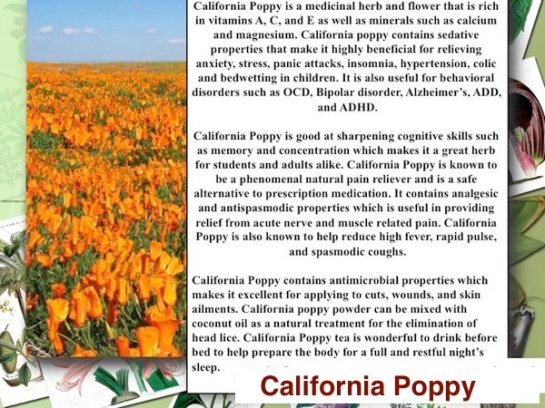What is a weed? I have heard it said that there are sixty definitions. For me, a weed is a plant out of place. ~Donald Culross Peattie


I learn more about God
From weeds than from roses;
Resilience springing
Through the smallest chink of hope
In the absolute of concrete….
~Phillip Pulfrey, “Weeds,”

But a weed is simply a plant that wants to grow where people want something else. In blaming nature, people mistake the culprit. Weeds are people’s idea, not nature’s. ~Author Unknown
M.O.A.B – Mother of all buds ®
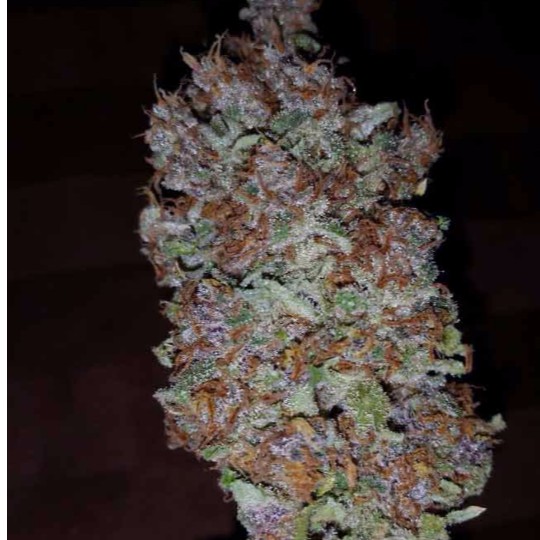
studies show, THC good for sick kids too
Water Melon Seeds:
Most slave were doctors, they knew the benefits of the Watermelons, known affectionately as “August hams,”
A weed is but an unloved flower. ~Ella Wheeler Wilcox
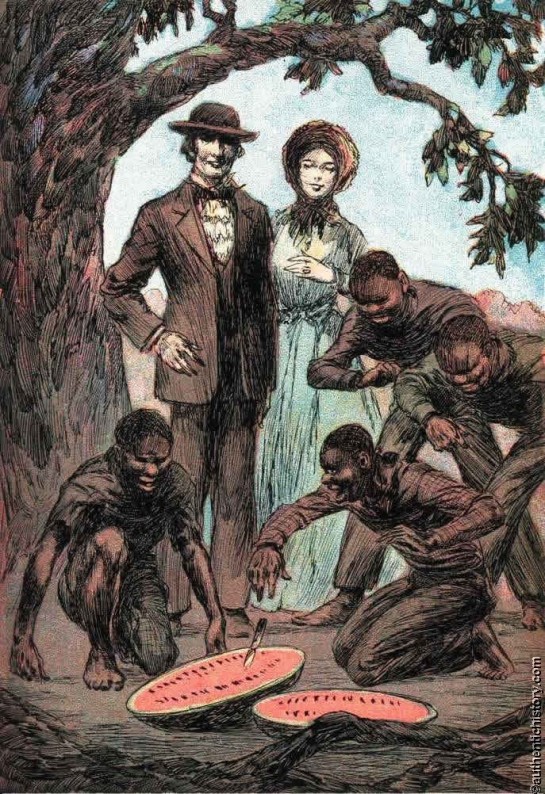
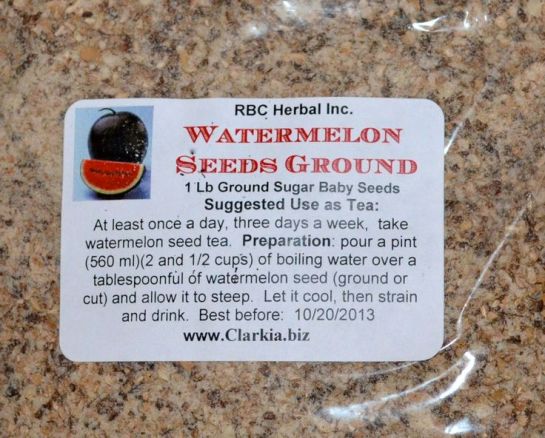
Crabgrass Was King | Eat The Weeds and other things, too
While we try to get rid of crabgrass in America in parts of Africa crabgrass (fonio) is a staple grain, and as forage it can produce a whopping 17 tons per acre.
Crabgrass can grow on bowling balls in airless rooms, and there is no known way to kill it that does not involve nuclear weapons. ~Dave Barry
We can in fact only define a weed, mutatis mutandis, in terms of the well-known definition of dirt – as matter out of place. What we call a weed is in fact merely a plant growing where we do not want it. ~E.J. Salisbury, The Living Garden, 1935
Soil Vs. Dirt: What is the difference?
Babies Know: A Little Dirt Is Good for You
Training the Immune System
“What a child is doing when he puts things in his mouth is allowing his immune response to explore his environment,” Mary Ruebush, a microbiology and immunology instructor, wrote in her new book, “Why Dirt Is Good” (Kaplan). “Not only does this allow for ‘practice’ of immune responses, which will be necessary for protection, but it also plays a critical role in teaching the immature immune response what is best ignored.”
Soil contains microorganisms, decaying organic matter, earthworms and other insects. Soil is a living environment. The earthworms and insects aerate the soil and add to the organic matter of the soil through their waste and when their bodies decay.

Dirt is basically dead soil. It does not contain any of the above. You can add organic matter (compost) to dirt to revitalize it. The organic matter will provide food for beneficial microorganisms so that the ecological system can start to regenerate.
“If a healthy soil is full of death, it is also full of life: worms, fungi, microorganisms of all kinds … Given only the health of the soil, nothing that dies is dead for very long.”
– Wendell Berry, The Unsettling of America, 1977
“The foolish man seeks happiness in the distance, the wise grows it under his feet.”
– James Oppenheim
“If I wanted to have a happy garden, I must ally myself with my soil; study and help it to the utmost, untiringly. Always, the soil must come first.”
– Marion Cran, If I Where Beginning Again
100 Things You Can Compost
From the Kitchen
- Fruit and vegetable scraps
- Egg shells (crushed)
- Coffee grounds
- Coffee filters
- Tea bags (Make sure they are made of natural materials like hemp or cotton, and not rayon or other synthetics. If in doubt, just open it and compost the tea leaves alone.)
- Decayed leaves create what is called leaf mulch. The structure we used to know as a leaf breaks down into a loose lace-like texture that eventually decomposes quickly into the soil. Leaf mulch in bare soil will be pulled down into the soil by earthworms: it is their favorite food!
Excerpt From: The Healing Grace of California Poppy
 The state flower of California, California Poppy is aptly chosen for this honor. For countless generations the native peoples of California carefully cultivated this plant–as they did with many others–for food and medicine in monocropped expanses on hillside and in valleys. European settlers thought they had arrived in untouched wilderness. Not so. The native peoples practiced sustainable harvesting and sowing that involved controlled burns as part of their land management.
The state flower of California, California Poppy is aptly chosen for this honor. For countless generations the native peoples of California carefully cultivated this plant–as they did with many others–for food and medicine in monocropped expanses on hillside and in valleys. European settlers thought they had arrived in untouched wilderness. Not so. The native peoples practiced sustainable harvesting and sowing that involved controlled burns as part of their land management. It is said that north of Pasadena early Spanish sailors guided by a golden hillside in spring — a hillside shining with the bright orange-gold of the California Poppy. It is also said that this was one reason they dubbed this coast “the Land of Fire” (the other reason being that there were indeed fires a-plenty due to lightning strikes as well as due to the dry, arid summers).
It is said that north of Pasadena early Spanish sailors guided by a golden hillside in spring — a hillside shining with the bright orange-gold of the California Poppy. It is also said that this was one reason they dubbed this coast “the Land of Fire” (the other reason being that there were indeed fires a-plenty due to lightning strikes as well as due to the dry, arid summers).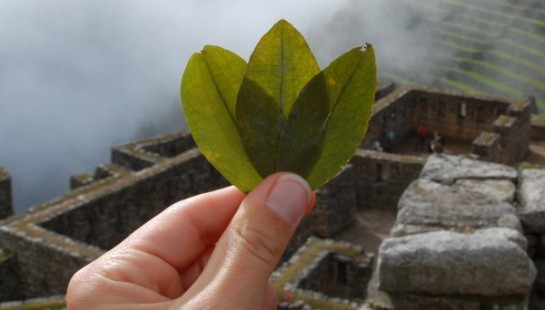
Nutrition Benefits of the Coca Leaf
The coca leaf has been found to be a valuable dietary supplement. Several studies analyzed the nutrition characteristics of the coca leaf. Two notable ones include, a 2009 study published in the Food & Nutrition Bulletin (Can coca leaves contribute to improving the nutritional status of the Andean population?, Penny, Zavaleta, et al.) and a1975 Harvard study (Nutritional Value of Coca Leaf, Duke, Aulick, Plowman). They found that per 100g the leaves contained:
- Carbohydrates (44.3 g)
- Protein (19.9 g)
- Fat (3.3 g)
- Fiber (14.2 g)
- Vitamin A (10,000 – 14,000 IU)
- Vitamin B1 (0.58 – 0.68 mg)
- Vitamin B2 (1.73 mg)
- Vitamin B6 (0.58 mg)
- Vitamin C (1.4 – 53 mg)
- Vitamin D (trace amounts)
- Vitamin E (16.72 mg)
- Calcium (990.18 – 1749 mg)
- Copper (1.1 mg)
- Iron (26.8 – 45.8 mg)
- Magnesium (197 – 225 mg)
- Phosphorus (637 mg)
- Zinc (2.63 – 3.8 mg)
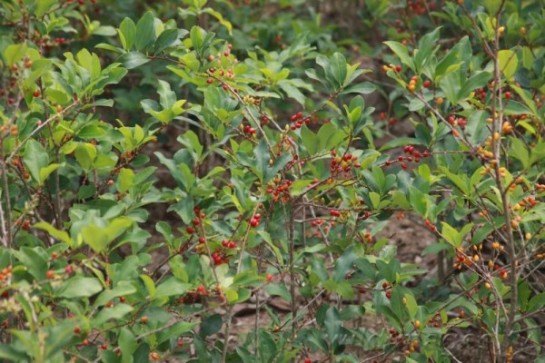
 |
Erythroxylum Novogranatense{Cocaine} seedsErythroxylum Novogranatense 10 seed pack Erythroxylum Novogranatense cocaine seeds We are very pleased to be able to offer on a continuous basis,…
|
$150.00 Add: |
 |
Erythroxylum CocaErythroxylum Coca cocaine 10 seeds highest cocaine alkaloid concentration of any coca plants ince 8000 years the coca leaf is highly valued for its…
|
$280.00 Add: |
 |
Erythroxylum CocaWe have hard to obtain fresh Erythroxylum Coca leaves we can sell this in any amount if you buy more then 10 grams you can get 3 grams free and…
|
$15.00 Add: |
 |
ERYTHROXYLUM Coca 1.5 year old plantPlant 1.5 years oldl Ready to bear seeds. Well rooted and healthy foliage. 4 branches stem 4 cmdffffffff 60 cm with pot 80 cm
|
$989.67 Add: |
 |
Erythroxylum coca 5 pack coca seeds bolivianErythroxylum coca 5 pack coca seeds
|
$149.00 Add: |
 |
Erythroxylum coca rooted plant1 year old rooted Erythroxylum coca plant
|
